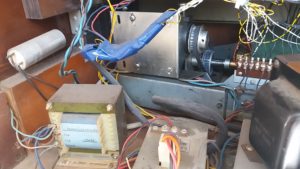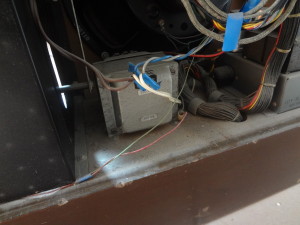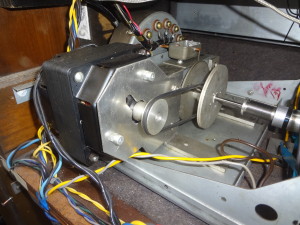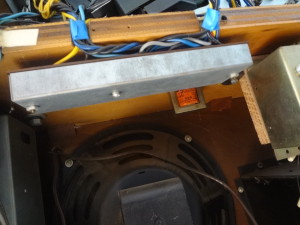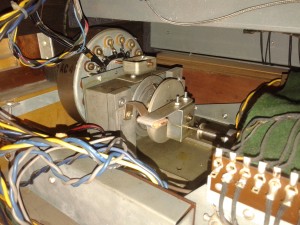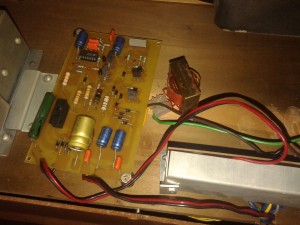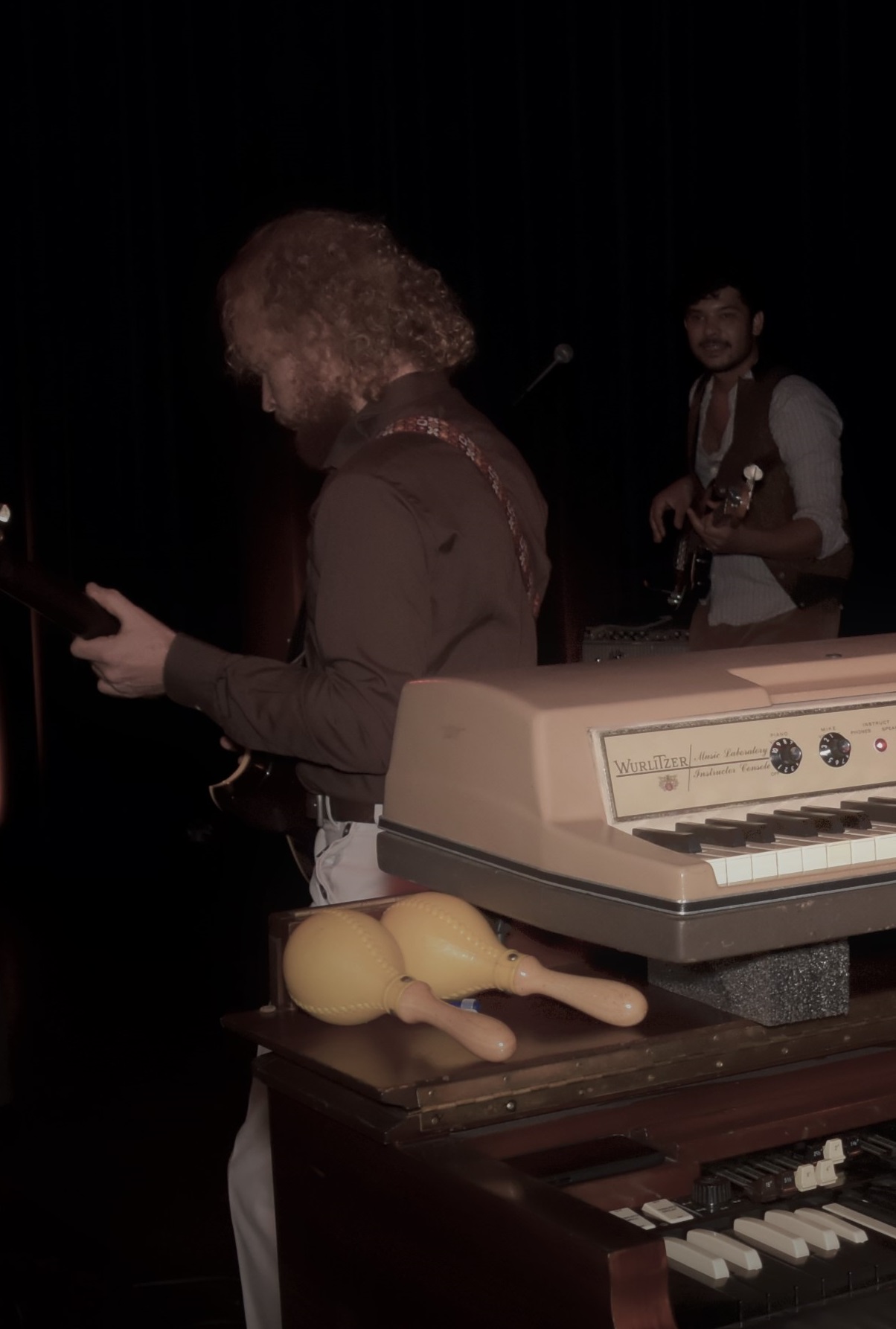Hammond conversion 50-60 hz
We see a lot of original american Hammond organs all over europe that were (somehow) converterted for use with 220volt/50 cycles instead of 110volt/60 cycles. Unfortunatelely most of these conversions weren’t done that well in which case you’d end up with an out of tune Hammond organ and or a Leslie speaker that has rotors that turn too slow, which is especially annoying when used in the Tremolo mode. Luckely these days it is possible to do a proper conversion so your Hammondwill be excactly in tune and your Leslie rotors will turn as fast as intended. all you have to do is bring your Hammond/Leslie to Vintage Instrument Service.
What happens when a Hammond’s isn’t converted the right way.
Of course you need to be sure your american Hammond gets 110 volts instead of 220 volt, othersise you will get smoke and fire in your Hammond. Step to is proper 50 to 60 hertz conversion. This is vital if you want your Hammond to be in pitch. This is where it goes wrong in many cases. In Europe we have 50 hertz and in the USA there’s 60hz. The cycle frequency will determine how fast the tonewheelgenerator will turn. A toneheelgenerator made for 60 hertz that gets 50 hertz will turn 17% too slow. If done at all, most of the times it’s just not spot on, almost right at best . Same occusr in a Leslie speaker where the rotors will turn 17% too slow.
Herkennen van niet correct omgebouwde Hammond
Door de jaren heen zijn er vele varianten geweest van de 50-60hz conversie. Meestal mechanisch, maar soms ook electronisch. Helaas zijn weinig daarvan succesvol waardoor de betreffende Hammonds alsnog niet in tune zijn. Per definitie is ieder amerikaanse Hammond verdacht. Deze orgels zijn te herkennen aan het vermelde voltage op het typeplaatje (117 volt) en de aanwezige transformator die 220 – 110 volt omvormt en de ombouw zelf. Hieronder de meest voorkomende varianten. Als je dit aantreft in je Hammond zal deze voor een goede toonhoogte moeten worden omgebouwd.
Many variations where used to convert Hammond from 50 to 60 hertz, some mechanical, some electrical. Some examples:
1: 110 volt Leslie drives tonewheel generator shaft with pulley
I see these a lot in my shop. The Leslie motor replaces both start and run motors. The AC-terminal has been moved below to make space for the adaptor with the Leslie motor on it. The problem lies in the fact that the gear ratio isn’t spot on, so you’re probably 30-40 cents off.
2: Original motor with ratio change
The Run motor has been raised some, so a ratio changer can be used. the orginal motors are being used. The pitch can be spot on. The problem however is that the scanner for the vbrato still turn on 50 instead of 60 hertz and therefore is 17% too slow.
3. Electronic PBC
These pcb boards with all analogue components will electrnically covert 50 to 60 hertz, due to drifting values of many components, most of the times they don’t do their jobs decent anymore. Sometimes there’s a potentiometer to adjust the outgoing cycle frequency, but to be honest I’ve never seen one function properly and usually they’re built crappy.
4. 220 volt selfstarting Hammond motor with pulley
I see the a lot. The selfstarting Hammond motor (from a L100 or T100) replaces both Start and Run motors. Just like nr.1 the problem is that the gear ration isn’t spot on which result is a n out of tune organ.
